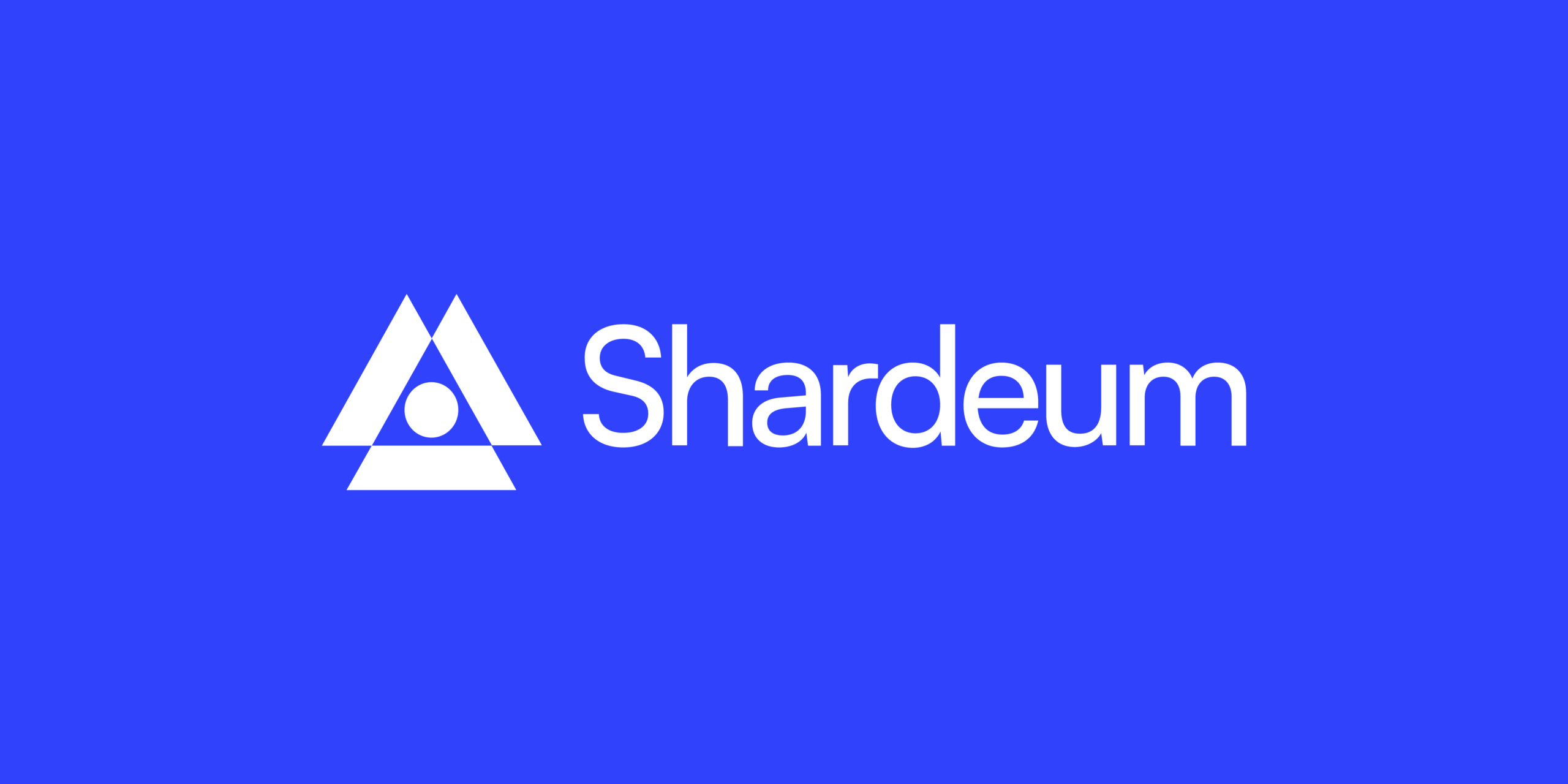Introduction
Shardeum emerges as an innovative force in the blockchain ecosystem, presenting itself as an EVM-based, linearly scalable smart contract platform. With a strong emphasis on low gas fees, true decentralization, and robust security, Shardeum’s unique approach to dynamic state sharding positions it as a potential game-changer for scaling blockchain technology. This review aims to dissect Shardeum’s offerings across various dimensions without unduly promoting or endorsing the platform.
Innovation
At the heart of Shardeum’s innovation lies its dynamic state-sharding mechanism, enabling the platform to achieve linear scalability, a significant stride towards accommodating over a billion users, and addressing one of the most pressing challenges in blockchain technology. Additionally, Shardeum’s auto-scaling feature, which dynamically adjusts the number and size of shards based on workload, showcases its commitment to optimizing performance and scalability seamlessly.
Architecture
Shardeum’s architecture is built around EVM compatibility, facilitating developers to deploy Solidity or Vyper contracts effortlessly. The platform’s 3-dimensional sharding, comprising network, state, and transaction-level sharding, is a testament to its sophisticated design. This architecture not only promotes efficiency and low latency but also ensures immediate finality of transactions, setting Shardeum apart in terms of technical prowess.
Code Quality
The platform’s code quality is commendable, with a clear focus on maintainability, scalability, and security. However, there is always room for improvement, especially as the platform evolves and adapts to new challenges and opportunities in the blockchain space. Continuous refinement and adherence to best coding practices will be crucial for Shardeum’s long-term success.
Shardeum Product Roadmap
While the brief does not provide specific details of Shardeum‘s product roadmap, the platform’s ambition to onboard over a billion users indicates a long-term, visionary approach. The roadmap likely includes milestones for technical enhancements, ecosystem expansion, and partnerships that will be critical for achieving its lofty goals.
Usability
Shardeum’s compatibility with popular wallets such as Metamask, OKX, Bitkeep, Frontier, and Brave enhances its usability, making it accessible to a broad audience. The platform’s commitment to EVM compatibility further ensures a smooth transition for developers from other blockchain ecosystems, promising a user-friendly experience.
Team
The development team behind Shardeum is described as having intermediate backgrounds, suggesting a blend of experience and fresh perspectives. For Shardeum to navigate the complexities of blockchain innovation and scale, the team’s continuous growth, learning, and collaboration with the broader community will be pivotal.
Conclusion
Shardeum stands out as a promising platform in the blockchain space with its innovative approach to scalability, security, and decentralization through dynamic state sharding. While it boasts a solid architectural foundation and good code quality, ongoing enhancements and community engagement will be critical to its success. As the platform moves forward, keeping an eye on its product roadmap, usability improvements, and team development will be essential for stakeholders and observers.
| Initial Screening | |||
| Keep researching | |||
| Does this project need to use blockchain technology? | Yes | ||
| Can this project be realized? | Yes | ||
| Is there a viable use case for this project? | Yes | ||
| Is the project protected from commonly known attacks? | Yes | ||
| Are there no careless errors in the whitepaper? | Yes | ||
| Project Technology Score | |||
| Description | Scorecard | ||
| Innovation (Out Of 11) | 11 | ||
| How have similar projects performed? | Good | 2 | |
| Are there too many innovations? | Regular | 2 | |
| Percentage of crypto users that will use the project? | Over 11% | 5 | |
| Is the project unique? | Yes | 2 | |
| Architecture (Out of 12) | 11 | ||
| Overall feeling after reading whitepaper? | Good | 2 | |
| Resistance to possible attacks? | Good | 2 | |
| Complexity of the architecture? | Not too complex | 2 | |
| Time taken to understand the architecture? | 20 – 50 min | 1 | |
| Overall feeling about the architecture after deeper research? | Good | 4 | |
| Has the project been hacked ? | No | 0 | |
| Code Quality (out of 15) | 12 | ||
| Is the project open source? | Yes | 2 | |
| Does the project use good code like C,C++, Rust, Erlang, Ruby, etc? | Yes | 2 | |
| Could the project use better programming languages? | No | 0 | |
| Github number of lines? | More than 10K | 1 | |
| Github commits per month? | More than 10 | 2 | |
| What is the quality of the code? | Good | 2 | |
| How well is the code commented? | Good | 1 | |
| Overall quality of the test coverage? | Good | 1 | |
| Overall quality of the maintainability index? | Good | 1 | |
| When Mainnet (out of 5) | 2 | ||
| When does the mainnet come out? | 1 months after TGE | 2 | |
| Usability for Infrastructure Projects (out of 5) | 5 | ||
| Is it easy to use for the end customer? | Yes | 5 | |
| Team (out of 7) | 4 | ||
| Number of active developers? | 3+ | 1 | |
| Developers average Git Background? | Intermediate | 1 | |
| Developers coding style? | Solid | 2 | |
| Total Score (out of 55) | 45 | ||
| Percentage Score | |||
| Innovation | 20.00% | ||
| Architecture | 20.00% | ||
| Code Quality | 21.82% | ||
| Mainnet | 3.64% | ||
| Usability | 9.09% | ||
| Team | 7.27% | ||
| Total | 81.82% |





